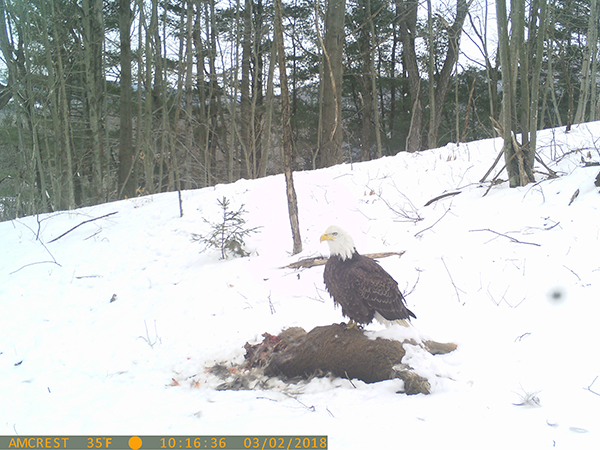Over the last couple months I have been fortunate enough to be out in the Siuslaw Model Forest performing field work with other staff as we develop new agroforestry demonstration areas. As we were out working in a new site last week, I was intrigued by the severity of beech bark disease, known as BBD, we had seen on this hillside.
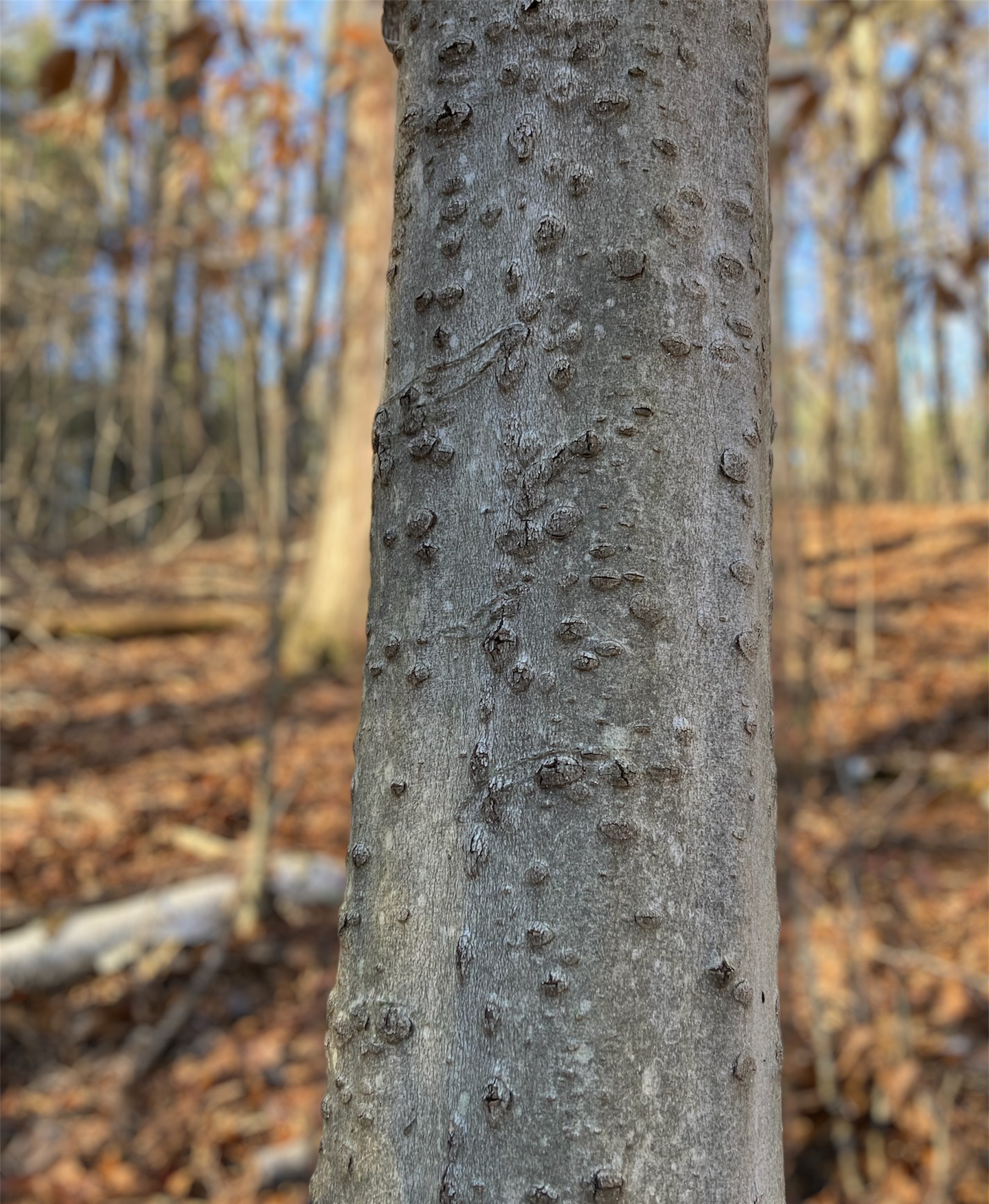
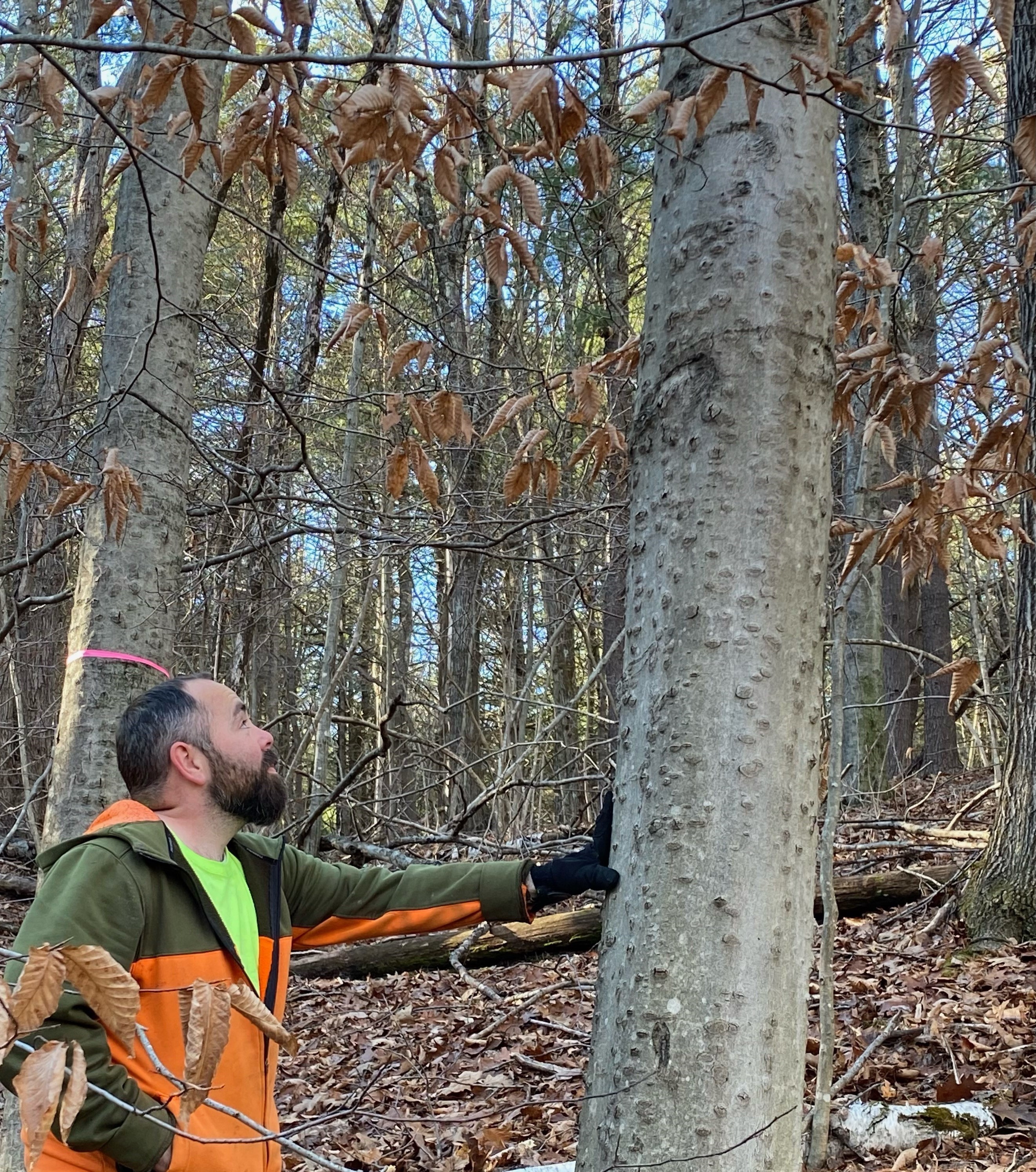
A healthy american beech (Fagus grandifolia) tree will have smooth grey bark. The blistering cankers that form on the bark are actually a two-part attack on the beech. It all starts with the non-native tiny white, wooly-like scale insect known as the beech scale. The tiny insect moves tree to tree by way of crawling or being wind blown. They can also hitch a ride on birds. The process of beech bark disease begins when many beech scale insects infest a tree, pierce the bark and pull out the nutrients. This kills the cells in the bark causing cracking and open wounds. In response, tiny bumps known as cankers are formed. However, at this stage they are quite small and minimal in size.
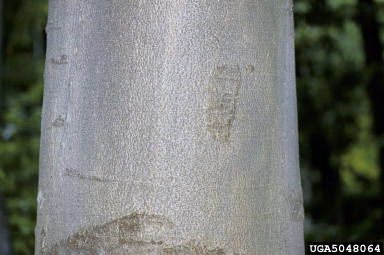
The second part of the attack on beech occurs when a common woodland fungus known as Neonectria moves into the cracks and cankers. Once the fungus has colonized the area, it will typically appear as tiny red fruiting bodies on the bark surface. As the number of cankers increase and grow in size, the tree is weakened and the nutrient supply is girdled, leading to a slow mortality (OSU Extension Ag and Natural Resources – PLPATH-TREE09). Girdled or girdling is a term we often use when a trees nutrient supply is disconnected. This typically occurs when the fibers in the outer layers of the tree are cut or damaged completely around the tree, impeding the flow of water and nutrients.
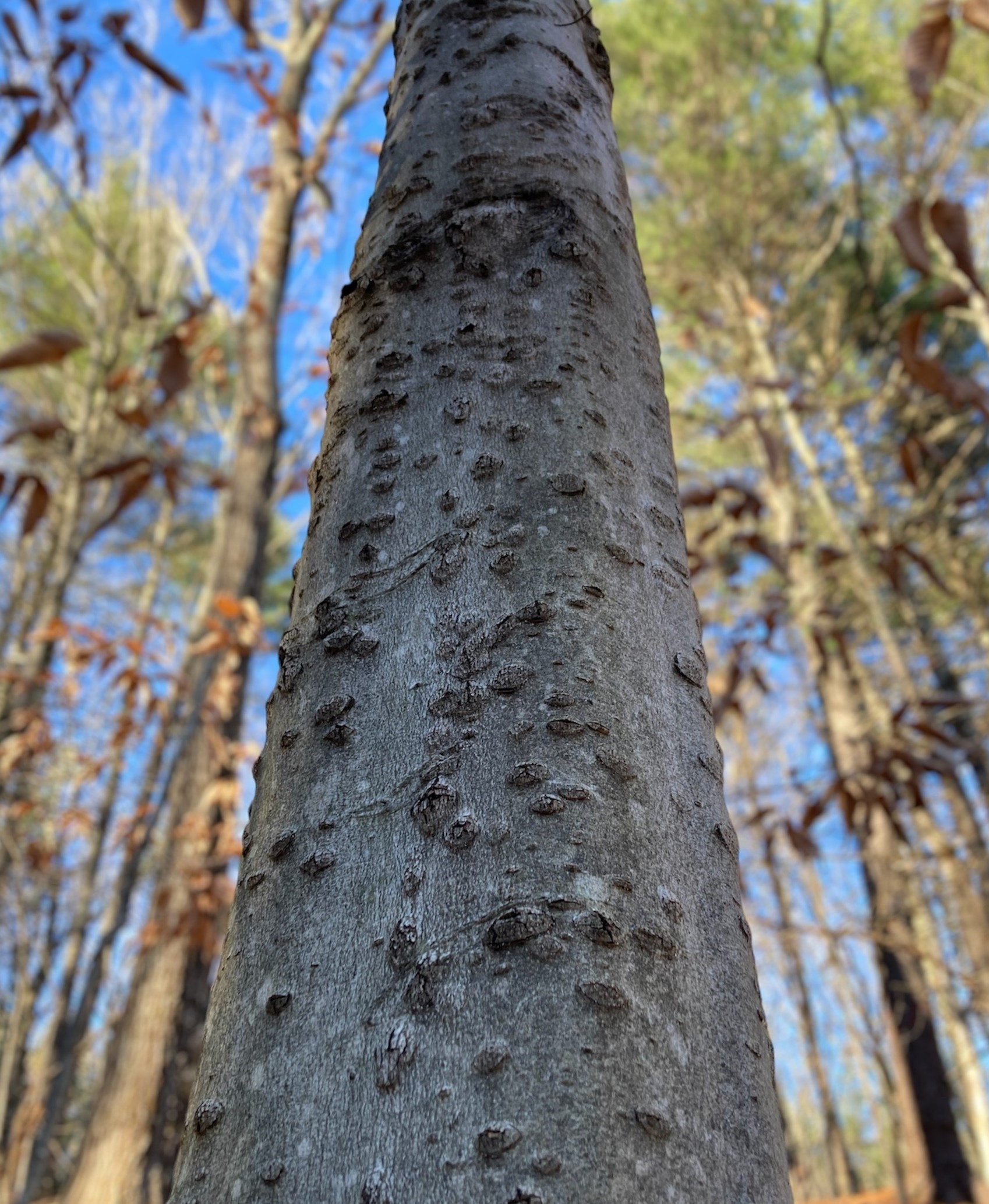

Typically, american beech will survive many years under a beech scale infestation. The tree begins really breaking down after it is colonized by the Neonectria fungus. Since american beech is clonal, in response to the stress of beech scale infestation and Neonectria, the beech will send up a bunch of root saplings in close proximity of itself. Once the tree dies back enough, it will remain standing until it becomes brittle and snaps off or uproots during stormy weather.

As long as the scale insect and fungus are present, these clones are only destined for a slow mortality just like its parent tree. Since we want to see this species thrive, these clonal saplings could be controlled and thinned. The clones can affect the forest composition. They can outcompete other young species, including themselves, or shade out understory growth before becoming infested with the beech scale insect. Only about 1-2% of beech trees are resistant to the beech bark disease (OSU Extension).
As a nut producing tree, the beech is an important hardwood species providing nutrition for a range of wildlife, especially black bear. Though the lumber is not as sought after as other species, beech wood is often used for its clean, even grain quality or the logs are used for firewood.
Controlling the BBD can be as simple as single tree management, however when dealing with a large forest it can be difficult to control. Common control methods are washing the tiny beech scale off the tree with high pressure water or using an insecticide spray (OSU Extension).
There is hope for the beech as researchers study resistant trees and find the genes responsible for resistance. This effort could lead to repopulation of beech by planting resistant strains of the tree. Keep your eyes peeled in your forest for signs and symptoms of beech bark disease. You may just find a resistant beech tree!
